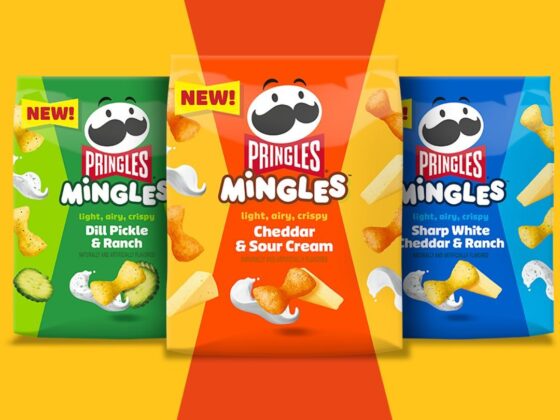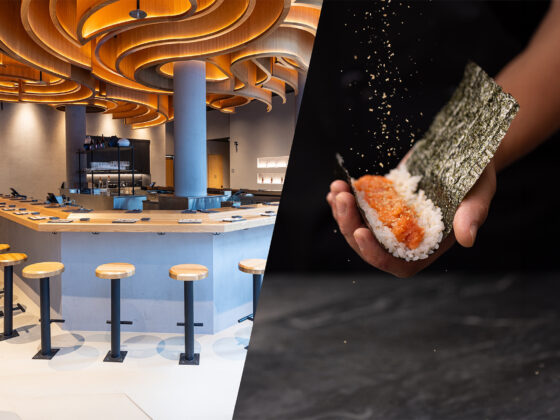Do you have celiac disease, or are you sensitive to gluten, or just trying to follow a gluten-free diet?
If so, you know (or are realizing) just how many products contain wheat, rye, and barley and their derivatives. Add in that some oats can also be contaminated with gluten and the list grows longer.
Removing these grains from one’s cooking pantry impacts how you cook at home. Especially when it comes to gluten free baking, which when prepared poorly makes a sad substitute for their gluten-containing counterparts.
ADVERTISEMENT |
But it doesn’t have to be that way.
Read on to learn how to make your gluten-free baking more successful and scrumptious.
5 Gluten Free Baking Tips
Gluten is what helps make your dough rise. It also accounts for the “bite” and mouthfeel of gluten-containing baked goods.
But gluten-free baking can be very successful once you learn a few tricks and techniques to compensate for the lack of gluten in your flour.
ADVERTISEMENT |
Try these tips next time you’re baking.
1. Begin by Using Recipes Known to Work
One of the easiest methods for good results with gluten free cooking is to find recipes from people who have had made what you’d like to make.
Blogs and books about gluten free baking (including delicious gluten free cupcakes and gluten free cakes!) will provide many options to get you started.
But what do you do if you want to convert a gluten-containing recipe to a gluten-free one? The following tips will help you out with that.
2. Flour Considerations
All-purpose gluten-free flour mixtures are readily available at grocery stores and health food stores.
ADVERTISEMENT |
But there are many types of flours to choose from that will help you create yummy and nutritious items, such as gluten free birthday cakes. As you experiment and learn, you’ll discover how they vary in taste and texture.
To convert a gluten-containing recipe to a gluten-free one, you can use an all-purpose gluten-free flour mixture or use 3/4 cup gluten-free flour and 1/4 cup gluten-free starch in place of 1 cup wheat flour.
3. Use a Scale to Measure Flour
If the recipe you’re using provides you with the weight for the flour, use a scale to measure it if you have one. A scale will help ensure you are using the right amount of flour. The proper weight is especially important when making gluten free bread.
ADVERTISEMENT |
If you do not have a scale, put your measuring cup on a flat surface before filing it with flour. You’ll need to tap the cup down to settle the flour in order to accurately measure it. Level it off with the back of a knife.
4. Handling Your Dough
Gluten-containing baked goods are lighter if the dough isn’t overworked. But with gluten-free flours, it’s the opposite.
Over mixing the dough or batter helps add structure. So over mix and then let your dough or batter rest for thirty minutes before baking, allowing it time to thicken up.
ADVERTISEMENT |
5. Use a Timer
Gluten-free baked goods won’t look done until they cool. So using a timer is the best way to tell if your gluten-free baked goods are done.
If you notice that your results are not to your liking, use an oven thermometer to confirm that your oven is calibrated correctly.
Becoming a Gluten-Free Baker Takes Practice
Practice and experimentation is the best way to become good at gluten free baking. So gather up the ingredients you need and give it a try today.
ADVERTISEMENT |
Browse our online magazine for some more healthy lifestyle tips!







